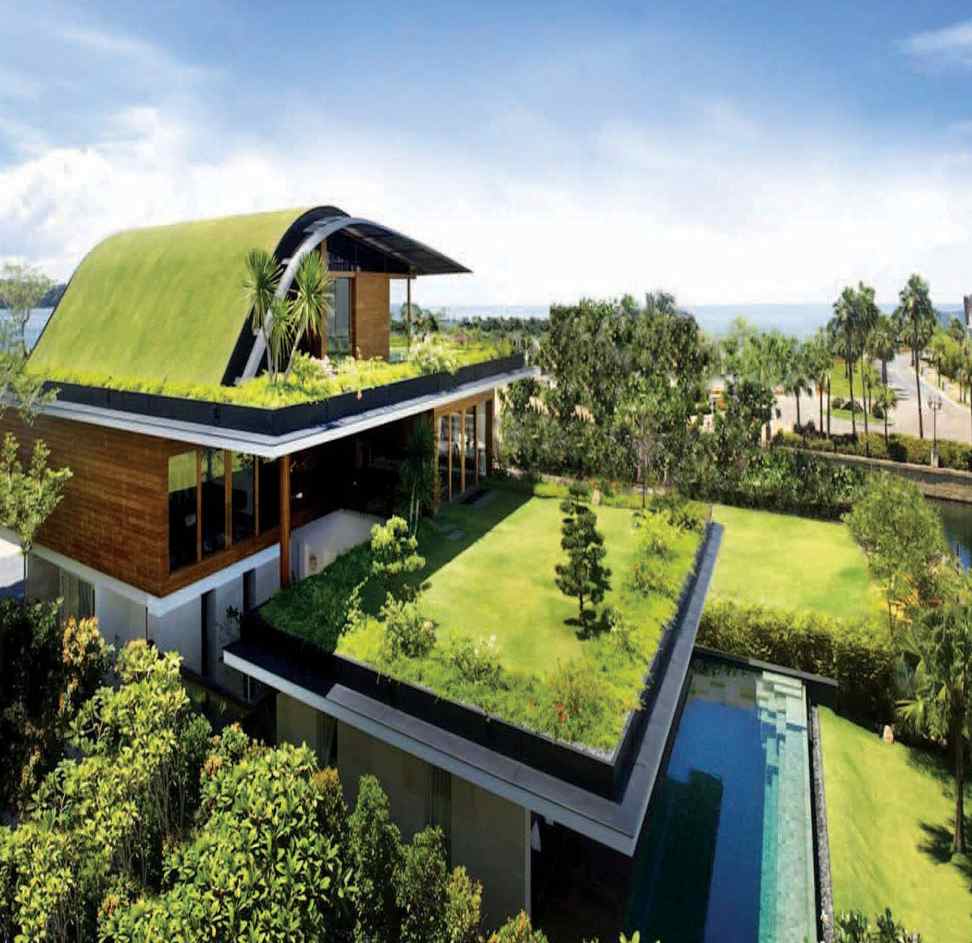11xplay Reddy Login, Betbhai9, T20exchange: Traditional construction methods have been the cornerstone of the building industry for centuries. However, they are often associated with certain challenges that can hinder the efficiency and cost-effectiveness of construction projects. One common challenge is the time-consuming nature of traditional methods, which can lead to project delays and increased labor costs. Additionally, these methods often involve a high degree of manual labor, making them more susceptible to human error and inconsistencies in construction quality.
� Traditional construction methods can be time-consuming, leading to project delays and increased labor costs.
� These methods often require a high degree of manual labor, making them more susceptible to human error.
� Inconsistencies in construction quality can arise due to the reliance on manual labor in traditional construction methods.
The Importance of Sustainable Design
Sustainable design plays a crucial role in promoting environmental responsibility within the construction industry. By incorporating sustainable practices into building design, the negative impact on the environment can be minimized. This includes using renewable materials, reducing energy consumption, and promoting water efficiency.
Furthermore, sustainable design not only benefits the environment but also contributes to the well-being of occupants. Designs that prioritize natural lighting, indoor air quality, and thermal comfort create healthier and more productive living and working spaces. Embracing sustainable design principles is essential for creating a more sustainable future for generations to come.
Energy Efficiency in Green Buildings
One of the key components in the design and construction of green buildings is the focus on energy efficiency. These buildings are designed to optimize the use of energy resources, reducing energy waste and overall consumption. By incorporating energy-efficient features such as high-performance insulation, energy-efficient lighting, and renewable energy sources like solar panels, green buildings can significantly lower their carbon footprint.
Energy efficiency in green buildings not only benefits the environment but also brings financial savings to building owners and occupants. Through reduced energy consumption, green buildings can lower utility bills and operating costs in the long run. Additionally, energy-efficient buildings often command higher resale or rental values in the real estate market, making them a wise investment for both sustainability and financial stability.
What are some challenges in traditional construction methods when it comes to energy efficiency?
Traditional construction methods often use materials and techniques that are not optimized for energy efficiency, leading to higher energy consumption and costs.
Why is sustainable design important in green buildings?
Bet365 ID, Play247 Online, Iceexchange: Sustainable design focuses on reducing the environmental impact of a building throughout its lifecycle, which includes energy efficiency, water conservation, and the use of renewable materials.
How can energy efficiency be achieved in green buildings?
Energy efficiency in green buildings can be achieved through the use of energy-efficient appliances, lighting, HVAC systems, insulation, and passive design strategies such as natural ventilation and daylighting.
What are some benefits of energy efficiency in green buildings?
Some benefits of energy efficiency in green buildings include lower energy costs, reduced environmental impact, improved indoor air quality, and increased occupant comfort and productivity.
Have A Look :-
- Chumba Casino – Review, Location
- How To Play Spanish 21 In A Casino?
- Grand Casino Hinckley – Review, Location

